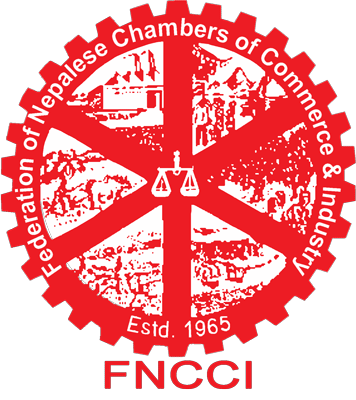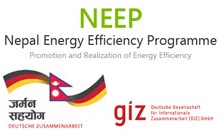There are many different types of industries within Metal sector in Nepal that includes both ferrous and non-ferrous metal industries. However, for the present study, mainly hot re-rolling mills and partly ferrous metal, wire drawing, galvanizing industries and sheet galvanizing have been considered (as they are dominant in Nepal).
The re-rolling mills use imported continuous cast billets to manufacture various diameters and length of iron bars to be used for reinforcing concrete structure. The billet is shared, heated in furnace and rolled using rolling mills. The wire drawing plants use the wire rods to draw them into smaller diameter wires and some of them are galvanized. These wires are used to make barbed wire; wire gabions that are used extensively used for protection of river banks and slopped land from landslides. The number of manufacturing of basic Iron and steel (re-rolling mills) industries in Nepal amounts to 17 with employment of 2405 persons (CBS, 2007).
Process
Major processes involved in production of
- iron bars from billet are billet shearing,
- billet heating,
- rolling,
- thermo-mechanical treatment,
- natural cooling,
- cutting to length.
Energy Use
Main sources of energy used in the Metal & Steel industries in Nepal are furnace oil, electricity, and coal. Coal is mainly used in the re-heating furnace for billet heating. Furnace oil or diesel is also used in place of coal by some industries. Electricity supplier to the industries is Nepal Electricity Authority mostly through 66/33 kV and 11 kV supply with time of day (TOD) metering system. Iron and Steel industries are installed with heavy motors and electrical energy is mainly used for the drives of rolling mill, billet sharing, pumps, compressor, blowers and wire plant motors. Thermal energy is required for heating the billets in furnace. Source of thermal energy is coal, furnace oil or diesel. Around 50 percent of the industries use furnace oil while remaining 40 percent of industries use coal as fuel for the furnace. All surveyed units have their own DG set to supplement the power supply during power failure from the central grid. The supplies from the DG set are mainly for the lighting and maintenance activities of the industries. The production of almost all the industries is stopped during the load shedding.
Figure 2: Energy use by resource in Steel & Metal industry (GIZ/NEEP, 2012)
The 21 units of Metal industries covered by the study have a total production capacity of 713,510 tons and they produced 401,378 tons of metal product (2010/11). They consumed 59.874 million units of electricity (kWh) and thermal energy equivalent to 590,317 GJ worth NPR 1,002.6 million. The average specific energy consumption (SEC) is found to be 149.17 kWh of electricity and 1,470.73 MJ of thermal energy per metric ton. CO2 generation is estimated to be 46,015 tons, which is equivalent to 114.64 kg per ton of production.
Table 1: Specific energy consumption in Steel & Metal industries (GIZ/NEEP, 2012) Major energy consuming sections in Steel & Metal industries are listed below
Thermal equipment
- Coal pulverizer
- Billet Shearing
- Re-heating furnace
- Rolling
- Thermo-mechanical treatment
Electrical equipment
- Pumping systems
- Electrical Distribution transformer & Power systems
- Electrical drives
- Diesel Generating Sets
- Compressors
- Lighting system
- Co-generation plant
- Material handling equipments
References
- GIZ/NEEP, 2012: Baseline Study of Selected Sector Industries to assess the Potentials for more efficient use of energy.
- Central Bureau of Statistics (CBS), 2007: Census of Manufacturing Establishments carried out in the fiscal year 2006/07.



